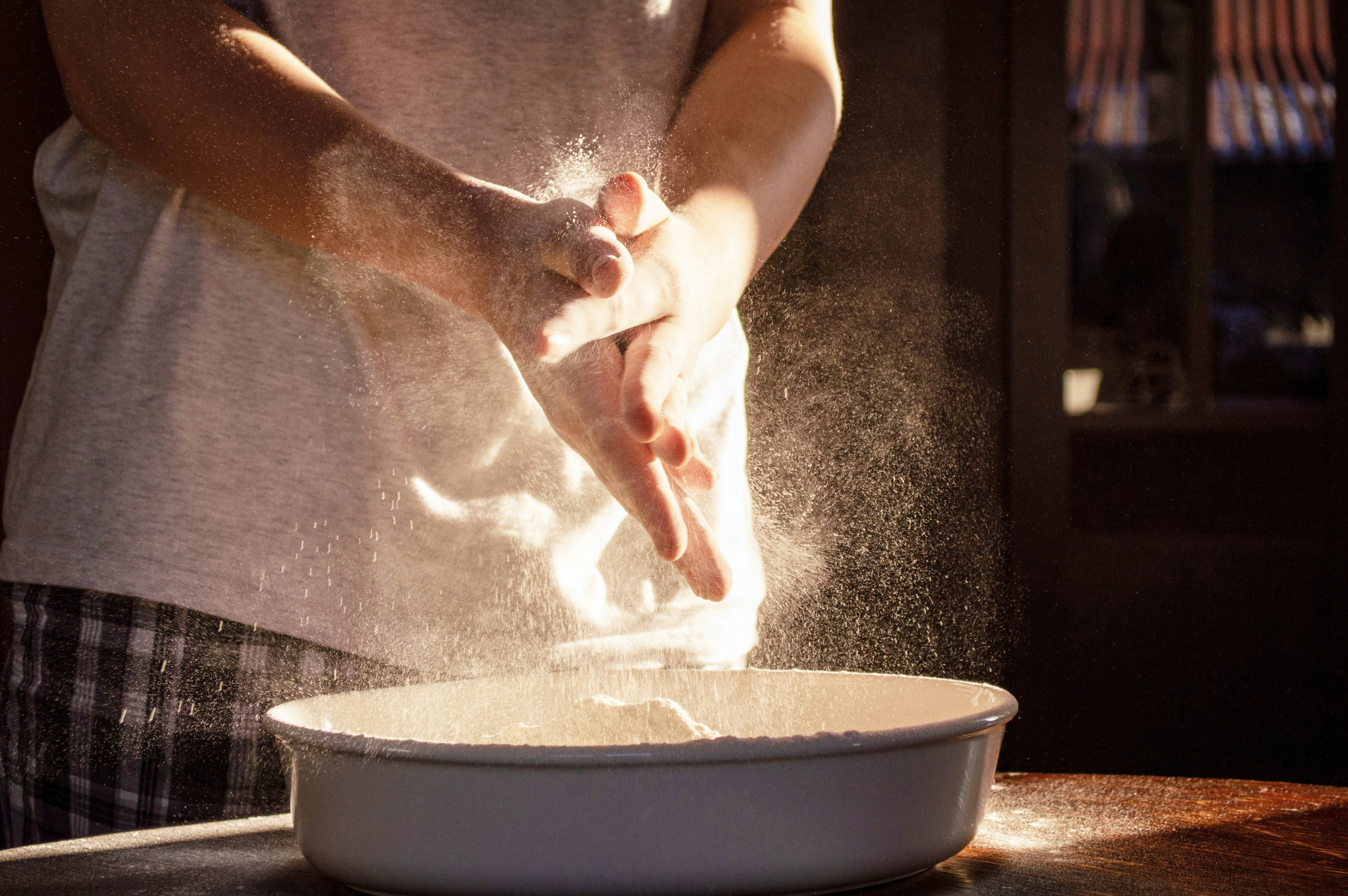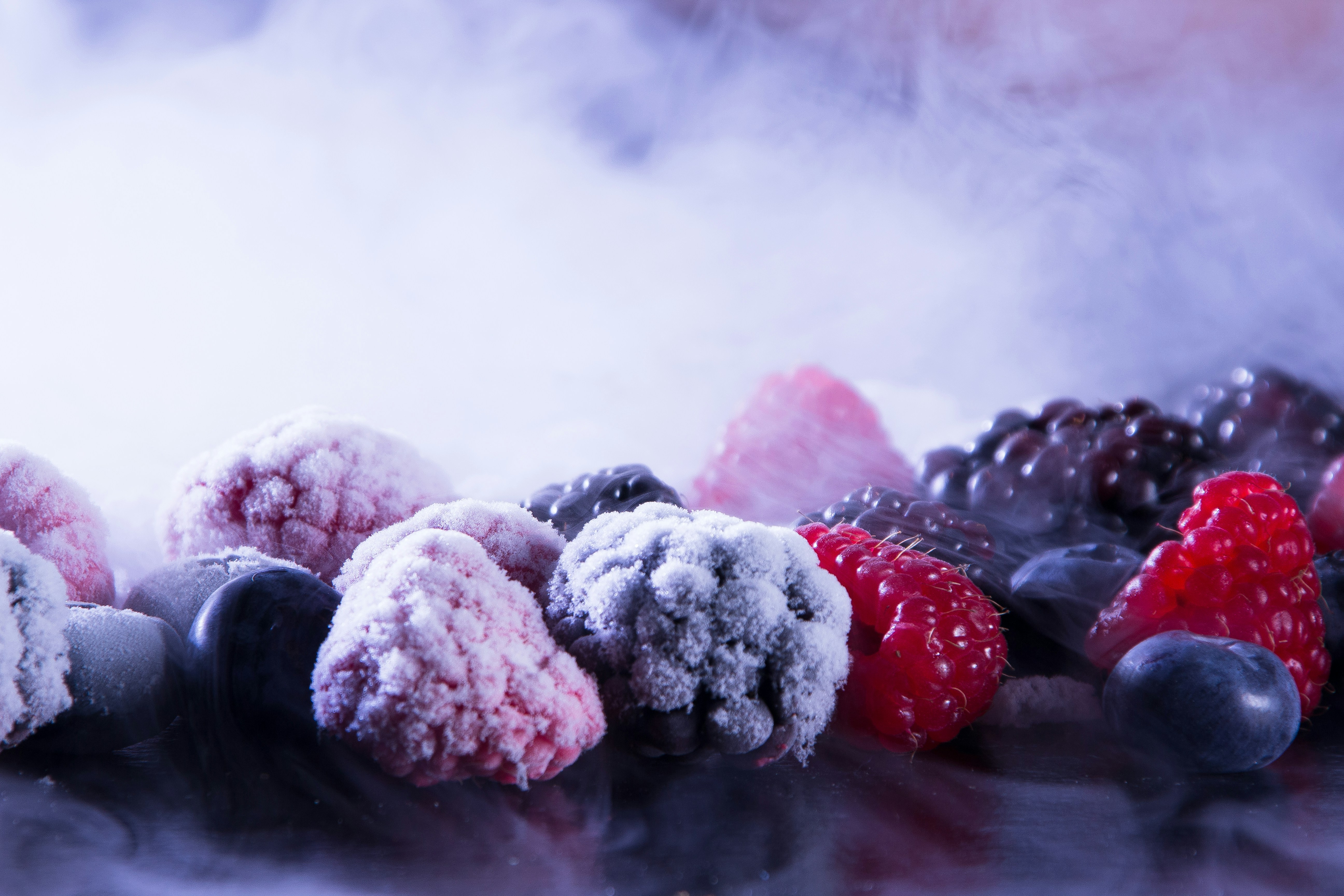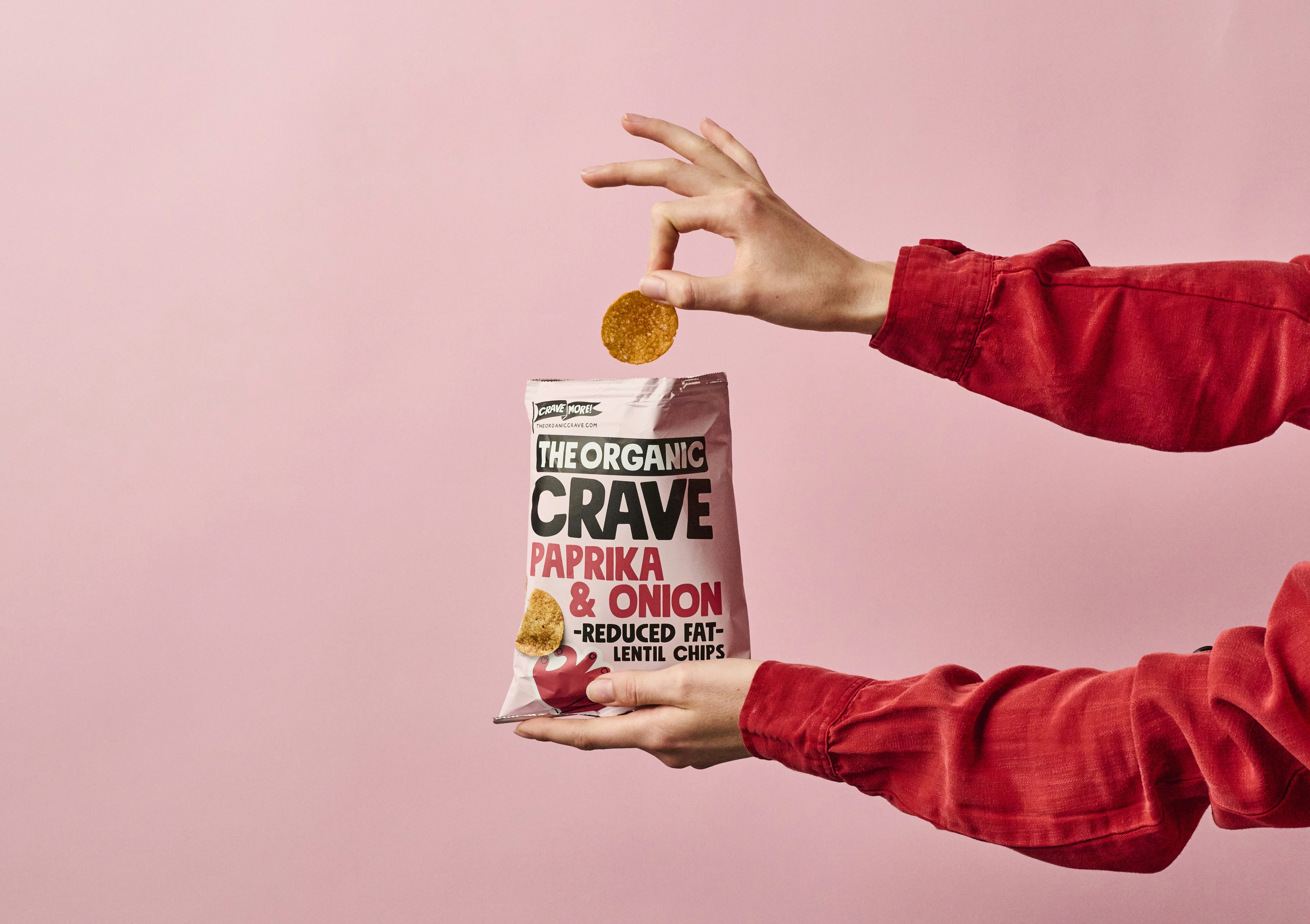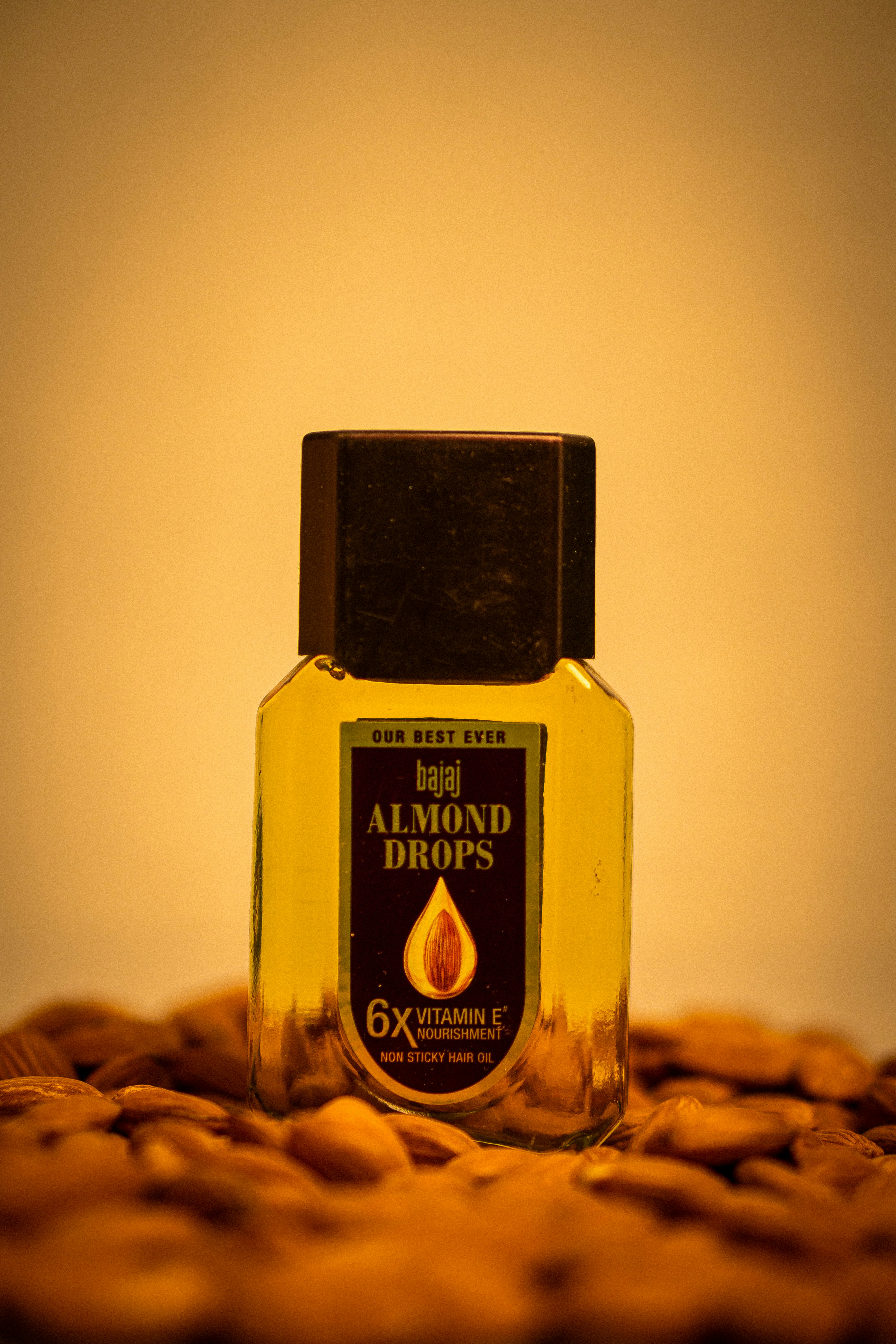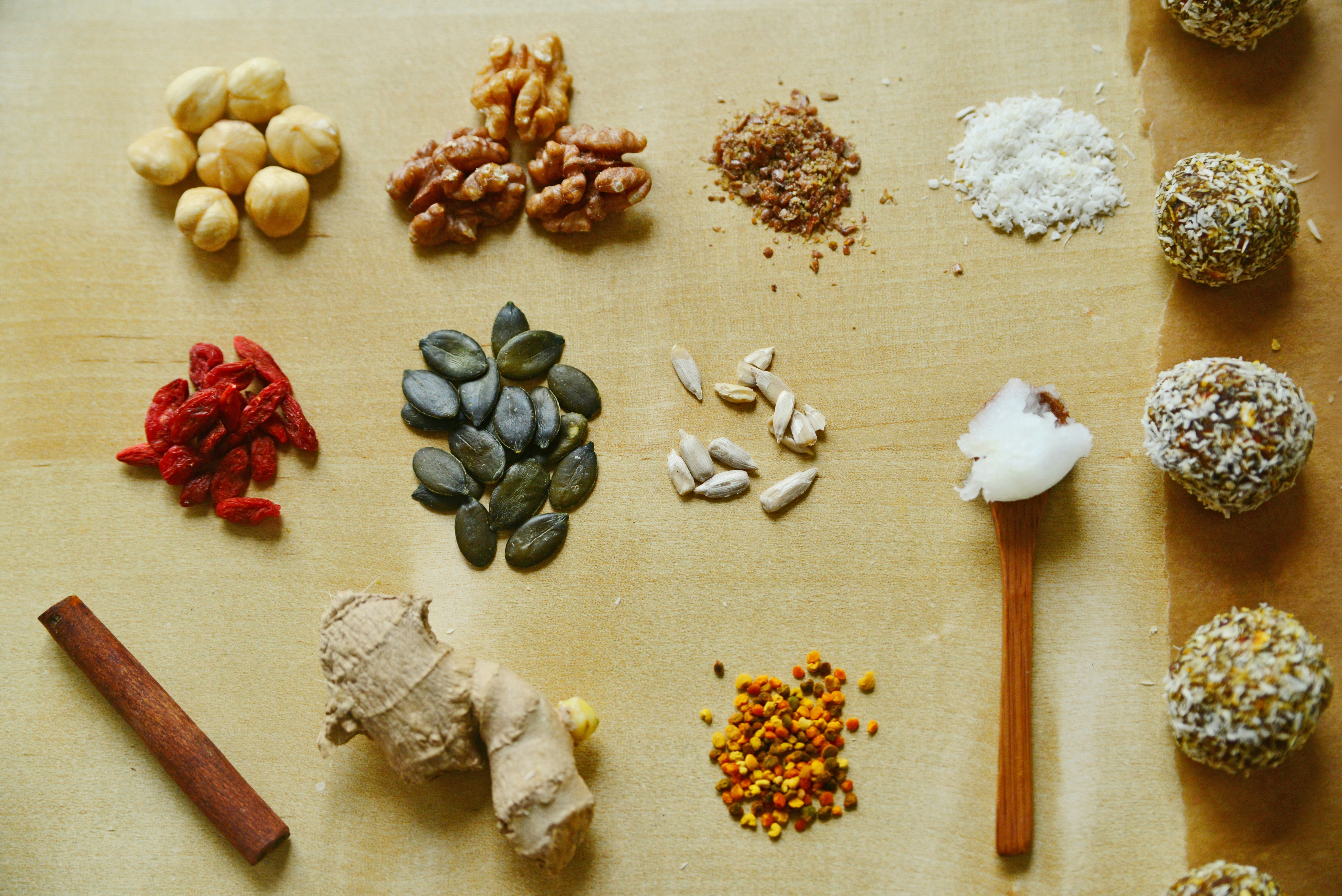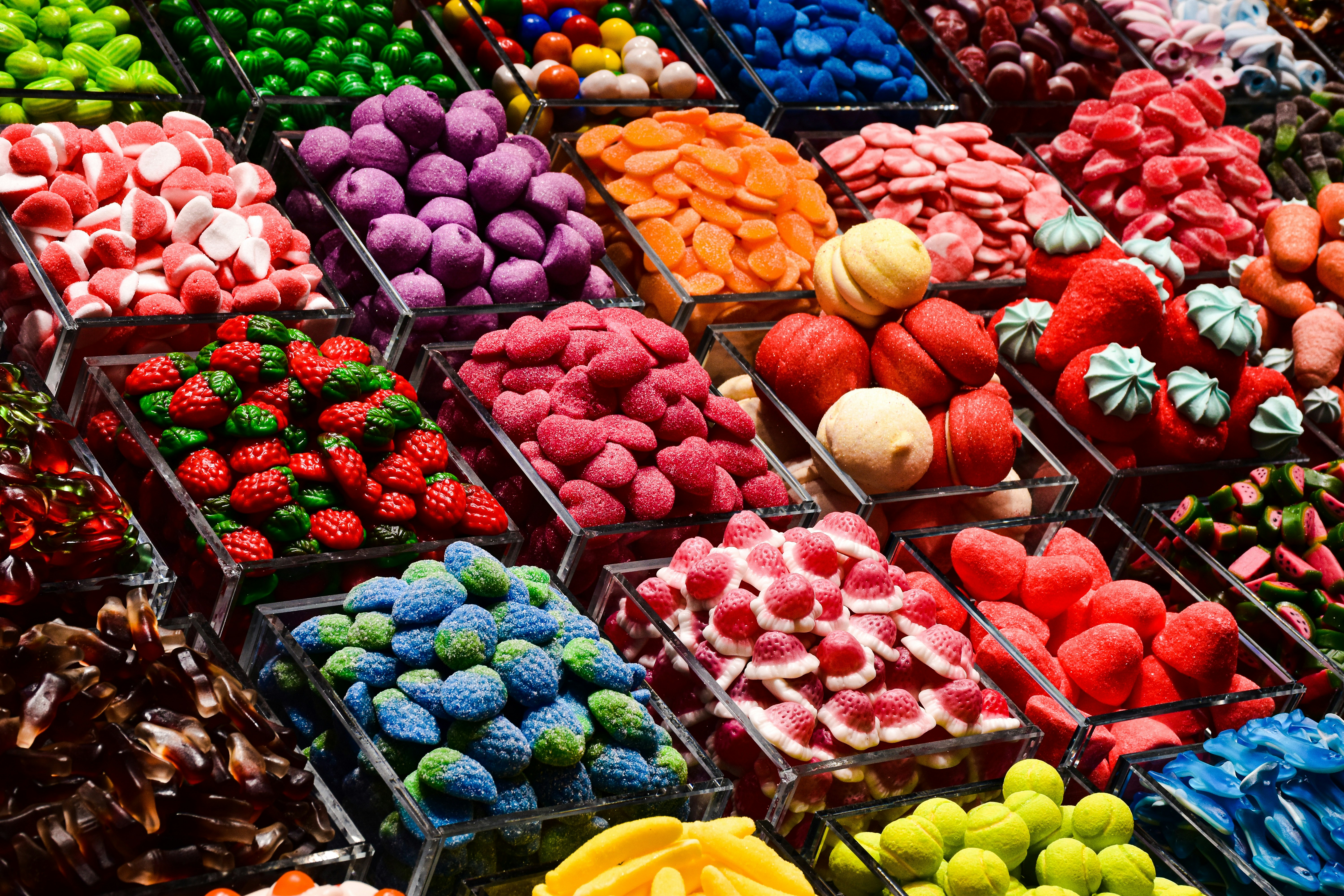Unlock Kitchen Alchemy: Transform Cooking with Science & Flavor
In the world of culinary arts, cooking isn’t just about following recipes—it's about understanding the science behind them. Welcome to “Kitchen Alchemy,” where we explore how various cooking techniques can unexpectedly enhance flavors and elevate your meals. By uncovering the intricate relationships between heat, moisture, and time, you can transform simple ingredients into culinary masterpieces. Ready to embark on a flavor journey that blends science with passion? Let’s dive into the fascinating realm of cooking techniques and discover how to unlock the hidden potential of your kitchen.
The Magic of Cooking Techniques
Cooking is often described as an art form, but it is equally a science. Understanding the fundamental principles of various cooking techniques can dramatically alter the outcome of your dishes. For instance, when sautéing vegetables, the Maillard reaction occurs—resulting in rich browning and a depth of flavor that makes your dish sing. This is just one example of how scientific principles enhance culinary creativity.
The Maillard Reaction: Caramelization and Flavor
The Maillard reaction is one of the cornerstone techniques in cooking that fascinates many chefs and home cooks alike. This complex chemical reaction occurs when proteins and sugars in food are exposed to heat, creating new compounds that ignite flavor. Understanding how to control this reaction through temperature and cooking time can elevate your dishes from bland to gourmet.
For a delightful experiment, try pairing different proteins and sugars. How does chicken skin react differently than beef fat? What happens if you include different herbs or spices during this cooking process? By exploring these variations, you’ll fine-tune your palate and improve your intuitive cooking skills. It’s all part of the journey to become a more confident cook, and for more insights into flavor profiles, check out this article.
Precision with Sous Vide Cooking
Sous vide cooking is another technique revolutionizing modern culinary practices. It allows you to cook proteins to the perfect doneness while infusing them with flavor. By vacuum-sealing your food and cooking it in a precisely controlled water environment, you preserve moisture and intensify flavors without the concern of overcooking.
Imagine cooking a steak for two hours at 130°F (54°C) and then finishing it on a hot grill for a delicious crust. The flavor retention is remarkable, giving you a succulent piece of meat that is perfectly cooked from edge to edge. Dive deeper into this technique and discover how it has paved the way for so many culinary innovations.
The Role of Temperature in Flavor Development
Temperature plays a crucial role not just in cooking times but also in flavor development. For instance, roasting vegetables at high temperatures (around 425°F or 220°C) caramelizes their natural sugars, resulting in delicious flavors. Conversely, slow-roasting at lower temperatures (around 300°F or 150°C) allows the vegetables to break down gradually, developing sweetness and a buttery texture.
Experimenting with temperature variations can lead to surprising culinary discoveries. Try roasting tomatoes at different temperatures. The flavor transformation can provide unique insights into how simple adjustments can yield vastly different results.
Texture: The Unsung Hero of Flavor
While taste is often the star of the kitchen, texture can elevate a dish beyond your wildest culinary dreams. The mouthfeel of a dish significantly influences flavor perception, making it an essential factor to consider.
Crunch vs. Creaminess
Think about the contrast between crunchy and creamy textures. Combining these two elements can lead to a sensory delight. For instance, in a salad, adding toasted nuts or crisp vegetables against a creamy dressing transforms the experience of eating, making each bite more exciting.
Also, consider the role of frying, grilling, broiling, or baking in creating those coveted textures. Learning how to achieve the right crispness through various cooking methods can help you master dishes that leave an impression on anyone lucky enough to have a seat at your table.
Incorporating Aromatics
Beyond taste and texture, aroma is another critical aspect of cooking. The integration of fresh herbs, spices, and aromatics can dramatically enhance the depth of flavor. When sautéing onions or garlic, for example, you’re not just cooking them but unlocking their complex flavors and releasing essential oils that fuse into the dish.
An aromatic-rich sauce can transform a simple pasta dish into a flavorful feast. If you’d like to explore how different fragrances can enhance flavor profiles further, consider reading this resource.
The Transformative Power of Ingredients
Ingredients are the backbone of any dish, yet knowing how to pair or transform them can create unexpected flavors.
The Secrets of Fermentation
Fermentation is a culinary technique with roots in ancient practices that can add a depth of flavor, not to mention a touch of mystique to your dishes. Utilizing fermented ingredients like sauerkraut, kimchi, or miso can elevate your meals beyond the ordinary.
Fermented foods often possess umami qualities, enhancing not only flavor but also giving dishes complexity and richness. Consider incorporating a splash of fermented sauce into your marinades or dressings to discover a new flavor dimension.
Infusing Flavors with Herbs and Spices
Herbs and spices are nature’s flavor enhancers. However, the secret lies in when and how you add them to your cooking. Some herbs release their flavors best when cooked (like rosemary or thyme), while others (like basil or cilantro) shine when added fresh or at the end of cooking.
Experiment with whole spices versus ground ones. For example, toasting whole spices enhances their essential oils and intensifies flavor, creating a distinct aromatic experience.
Cooking with Intention
Mindful cooking is an approach that involves being present in the moment, actively engaging with your ingredients. It’s about understanding not just how to cook but why you cook. This practice can elevate your meals to become more than sustenance—they can become an experience infused with personal stories and emotions.
The Emotional Connection to Cooking
Cooking is steeped in tradition and memory. Our culinary roots often hold stories that connect families and cultures. By recreating these dishes, whether it’s a family recipe or a dish from your travels, you invest your heart into the food.
Cooking with intention encourages you to consider where your ingredients come from and the stories behind them. As this idea resonates with you, explore the connections between flavor and emotion through articles such as this insightful read.
Cooking with Colors
Presenting food that is visually appealing is just as impactful as its taste. Colors not only make dishes more enticing but can boost your mood as well. Eating a variety of colorful fruits and vegetables can enhance nutritional value and stimulate your joy.
Incorporating the rainbow on your plate encourages you to explore seasonal and local produce, fostering a deeper connection with your ingredients. A lively plate not only tantalizes the eyes but celebrates the harmony of flavors.
The Future of Cooking: Embracing Creativity and Technology
As we move further into the culinary future, technology becomes an indispensable partner in our kitchens. From apps that suggest flavor pairings to smart devices that enable precise cooking, embracing technology can enhance both the science and artistry of culinary endeavors.
Flavor Analytics and Predictive Cooking
Innovations in predictive analytics are bringing about exciting developments in the culinary world. Tools now exist to help home cooks and professional chefs alike discover unique bases and flavors based on regional cuisines and popular trends. By embracing this technology, we can unlock new ideas and push culinary boundaries.
Consider trying out apps or resources that combine flavors based on cultural influences. By navigating these digital flavor maps, you can uncover combinations you hadn't thought possible and expand your cooking repertoire.
Sustainable Cooking Practices
Sustainability is another factor shaping the future of cooking. By focusing on reducing waste, utilizing local ingredients, and embracing seasonal produce, you can create delicious meals while considering the environmental impact. There are endless opportunities for creativity in how you use leftover ingredients—a fundamental practice in many culinary traditions.
For instance, turning vegetable scraps into stocks or repurposing stale bread into croutons not only enhances flavor but also minimizes waste. Explore these sustainable practices in your cooking with our article on creative ways to utilize leftovers.
Final Thoughts: Your Culinary Journey Awaits
As you navigate the exciting world of cooking, remember that each technique and ingredient opens up a world of possibilities. The integration of science into your cooking repays you manifold—with deeper flavors, complex textures, and a more profound connection to your meals.
Whether you're experimenting with temperature, exploring fermentation, or savoring the tastes and sights of vibrant ingredients, be sure to enjoy the process. Embrace the journey of creativity and intuition in your cooking as you unlock the transformative power of kitchen alchemy.
Are you ready to take your culinary skills to the next level? Dive into the rich history of flavor and technique—that’s where the true magic happens. For deeper insight and unique recipes, check out more articles from our culinary collection, and remember to trust your taste buds and instincts as you craft your next masterpiece.
